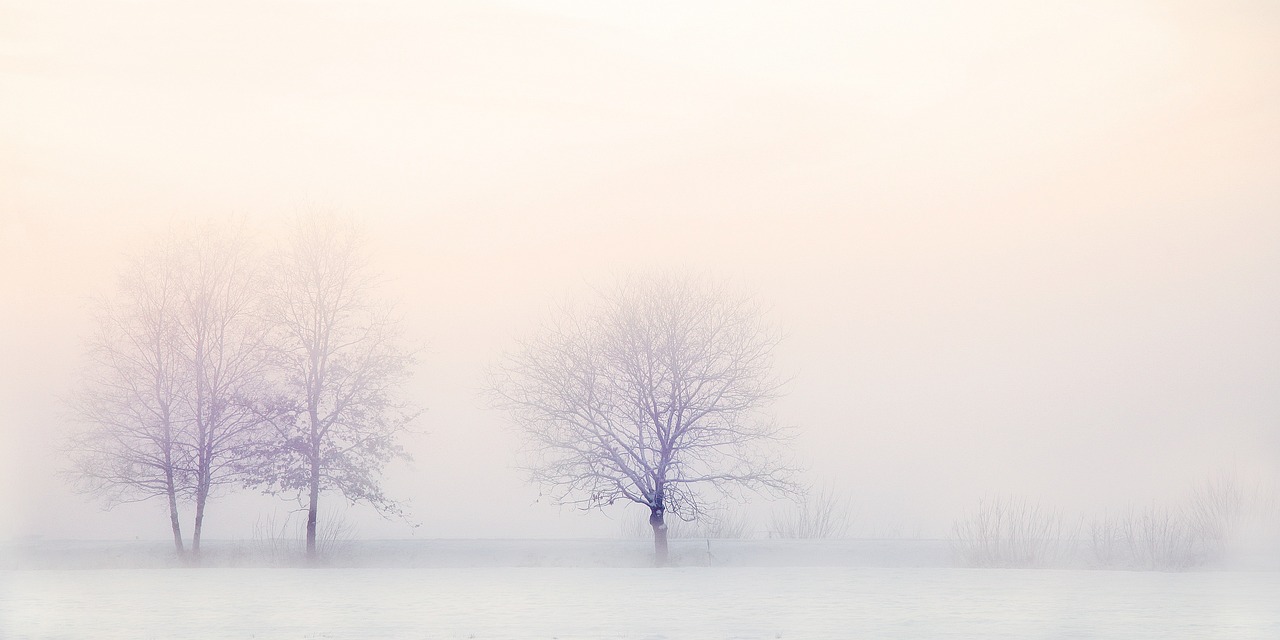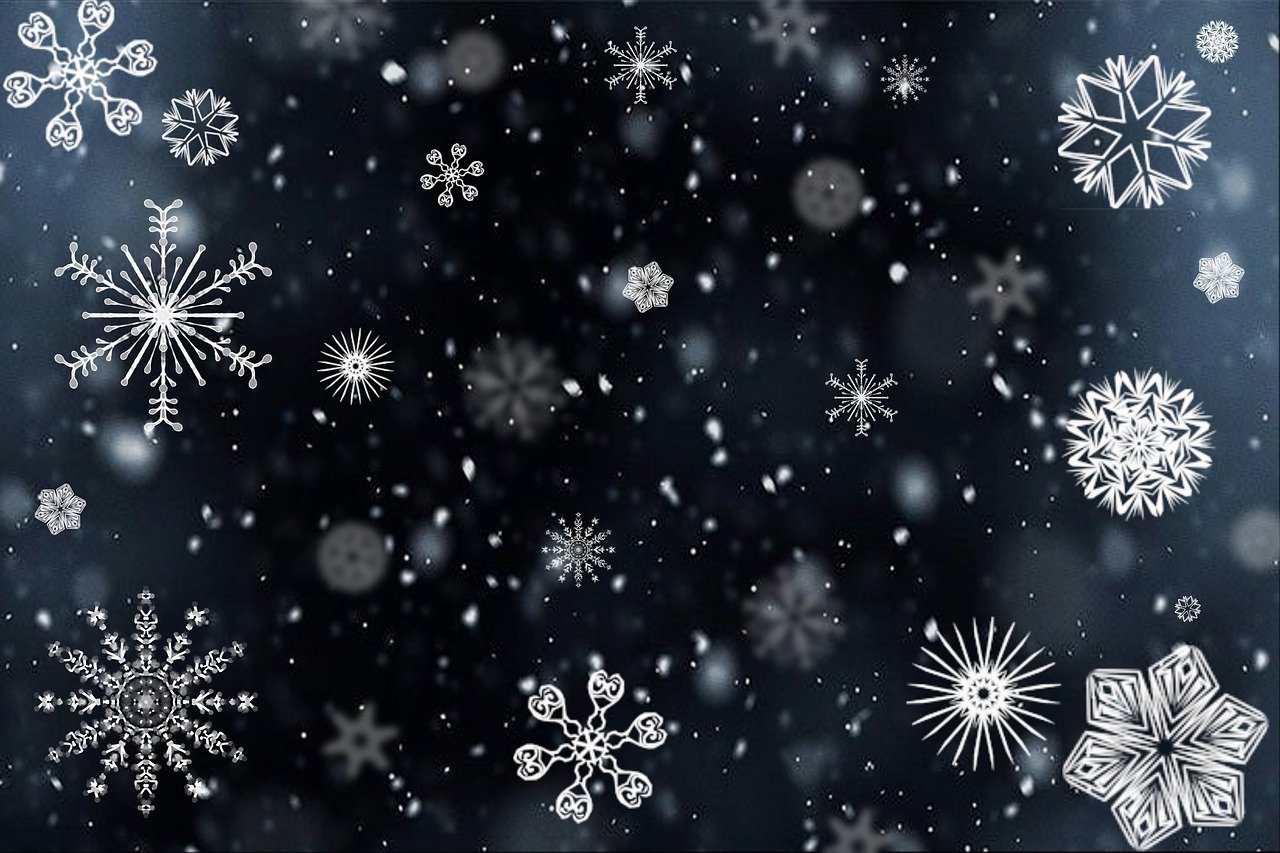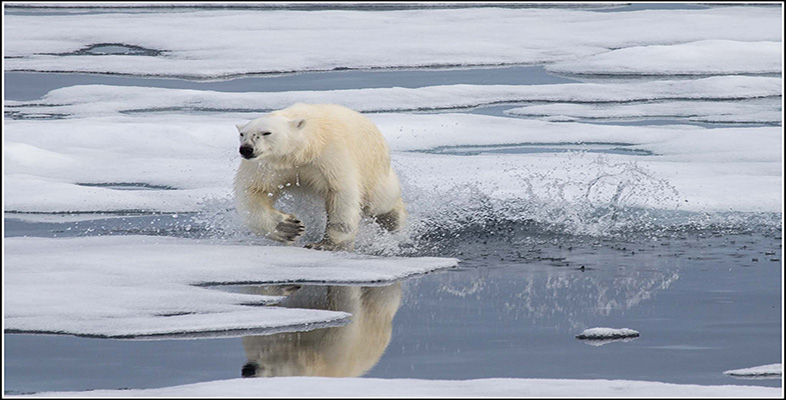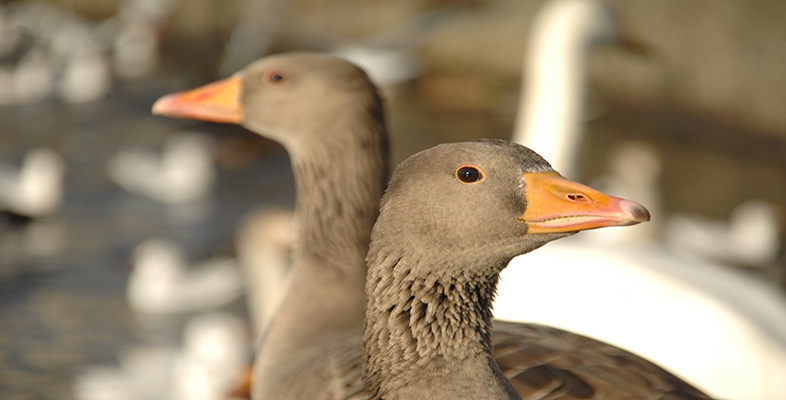Snowflakes are formed when many tiny ice crystals suspended in clouds collide and stick together, a process called aggregation. The aggregates can become quite large, with Guinness World Records listing the world’s largest snowflake as 38 cm across, falling in January 1887 at Fort Keogh, Montana, though this is naturally difficult to verify!
For aggregation to occur, a cloud must contain many tiny ice crystals, some of which may break up as they fall and produce even smaller crystals, which in turn stick together and form complex structures. Nimbostratus clouds generally have the high number of ice crystals to form snowflakes. In contrast, other clouds more often have a mixture of fewer ice crystals and more super-cooled water droplets; water condenses onto the ice to form hailstones, which become raindrops if the temperature rises enough for the hail to melt on the way down.

Because large snowflakes involve the aggregation of many ice crystals, they form into beautiful patterns. All snowflakes have six-fold (hexagonal) symmetry, which reflects the shape of the many ice crystals they are made from. This is because water molecules tend to bond together in a hexagonal pattern when they become ice; a result of the V-shape of the water molecule itself.
Each ice crystal is transparent, but snow appears white because the many tiny surfaces within each snowflake scatter light in all directions. It is said that no two snowflakes are alike. In fact, very small snowflakes may look almost identical (simple hexagons of ice), but larger snowflakes have a complex structure which reflects their formation history and is unlikely to be exactly repeated.
It only snows when the weather is cold, but an air temperature of 0 °C or lower is not necessary for snow. Although the edges of a flake will begin to melt at any temperature above 0 °C, the water produced will evaporate, cooling the air around the flake. The drier the air, the longer the flake can persist. In the dry downdraught from a big cumulonimbus cloud, there may be snowflakes even when the air temperature approaches 10 °C. In the UK, heavy snowfall is usually associated with air temperatures between 0 °C and 2 °C. At slightly higher temperatures, a mixture of rain and melting snow may fall; this is called sleet.




Rate and Review
Rate this article
Review this article
Log into OpenLearn to leave reviews and join in the conversation.
Article reviews